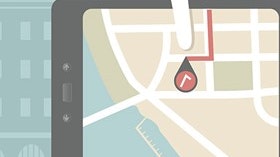Homepage
•
Learning Library
•
Blog
•
If you can flip a classroom, you can flip a district
Expand breadcrumbs
Expand breadcrumbs
- Learning Library
- Blog
- If you can flip a classroom, you can flip a district
- Homepage
- •
- Learning Library
- •
- Blog
- •
- If you can flip a classroom, you can flip a district
If you can flip a classroom, you can flip a district
By Randy Moczygemba
May 28, 2014








